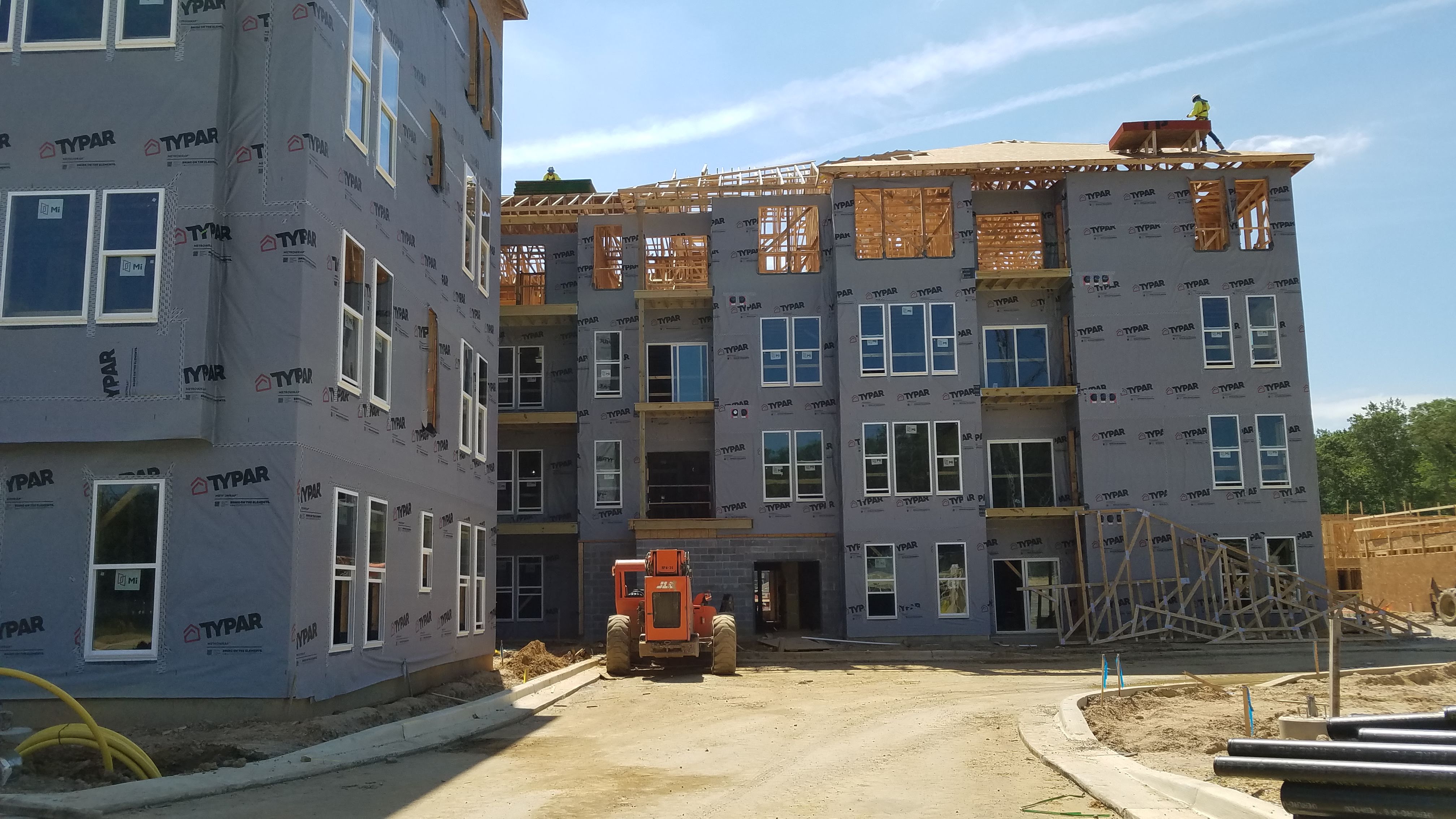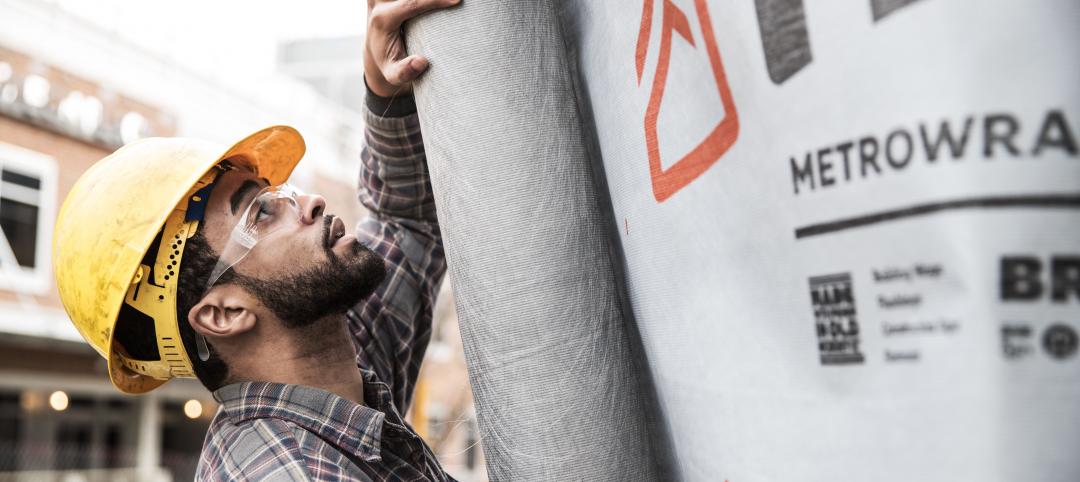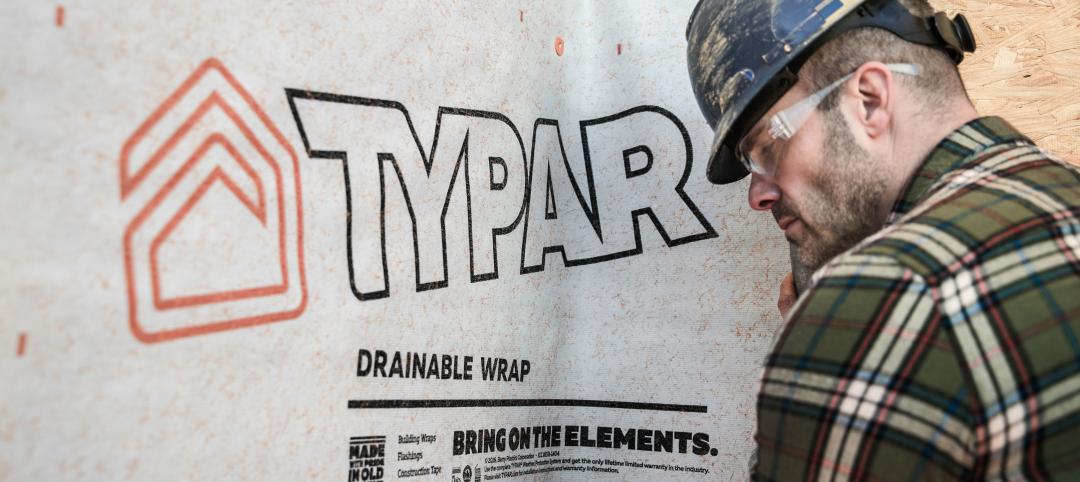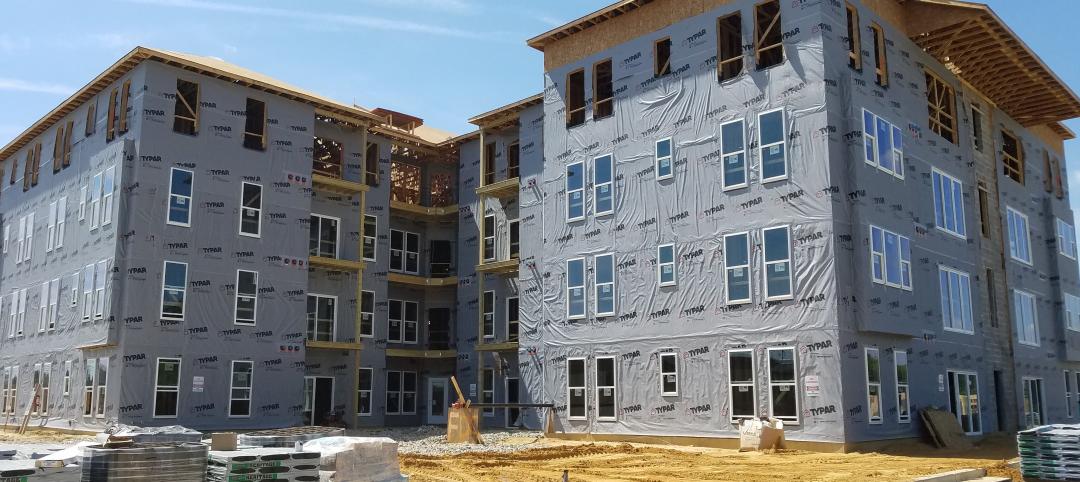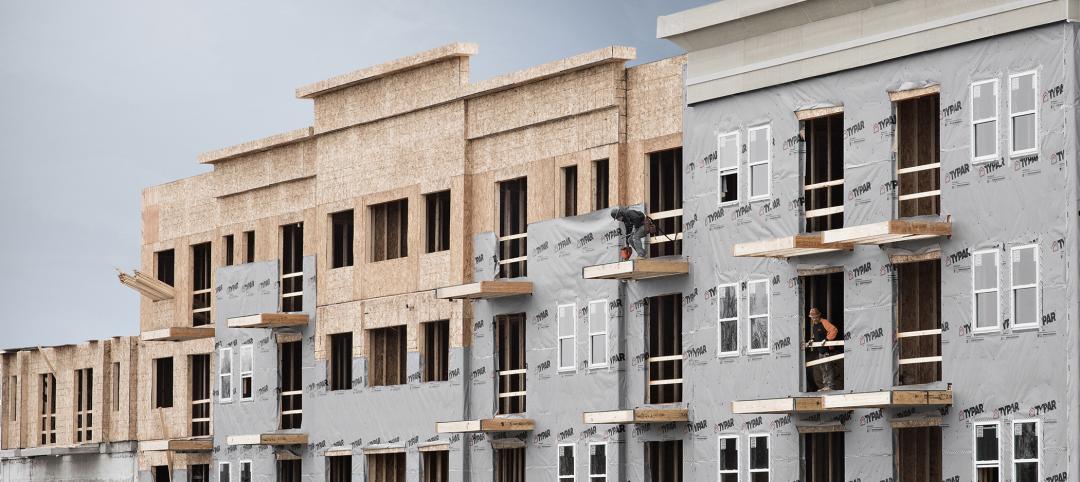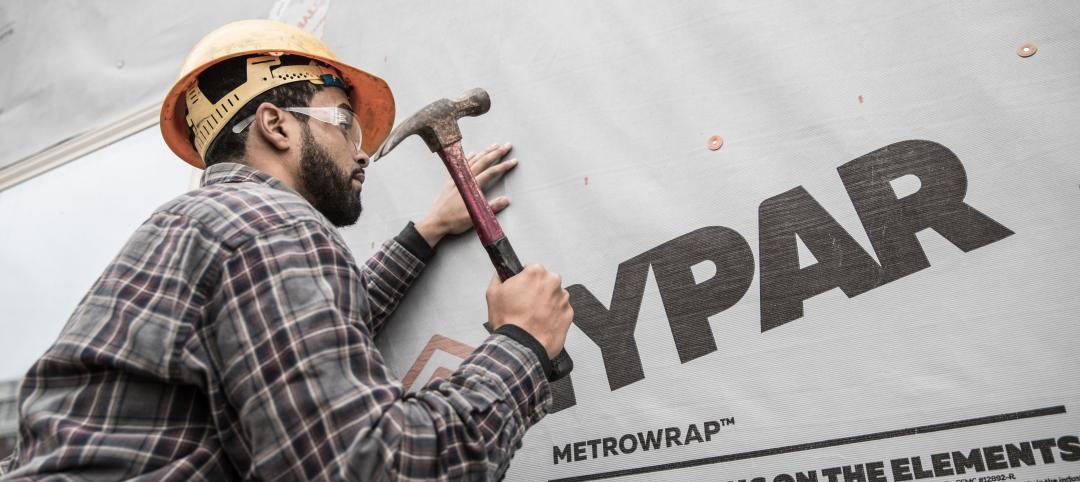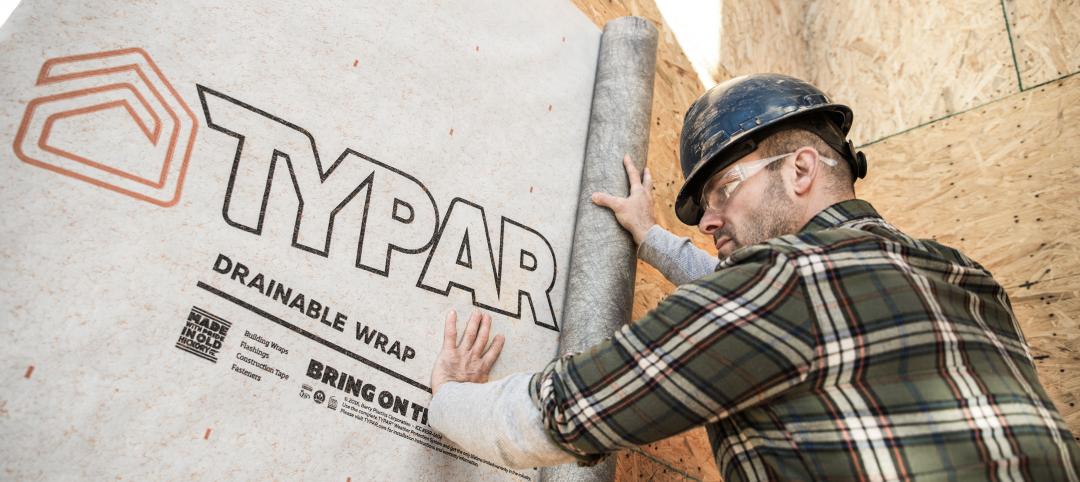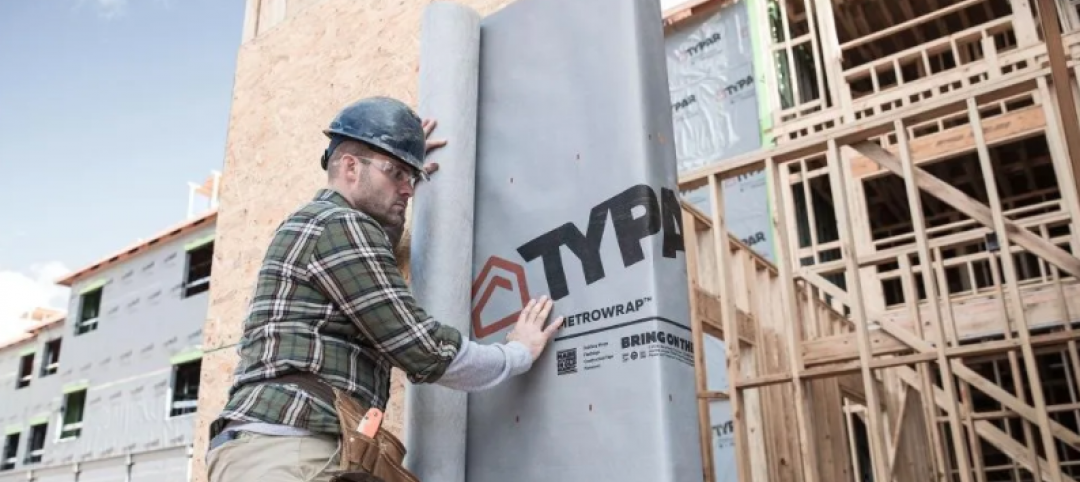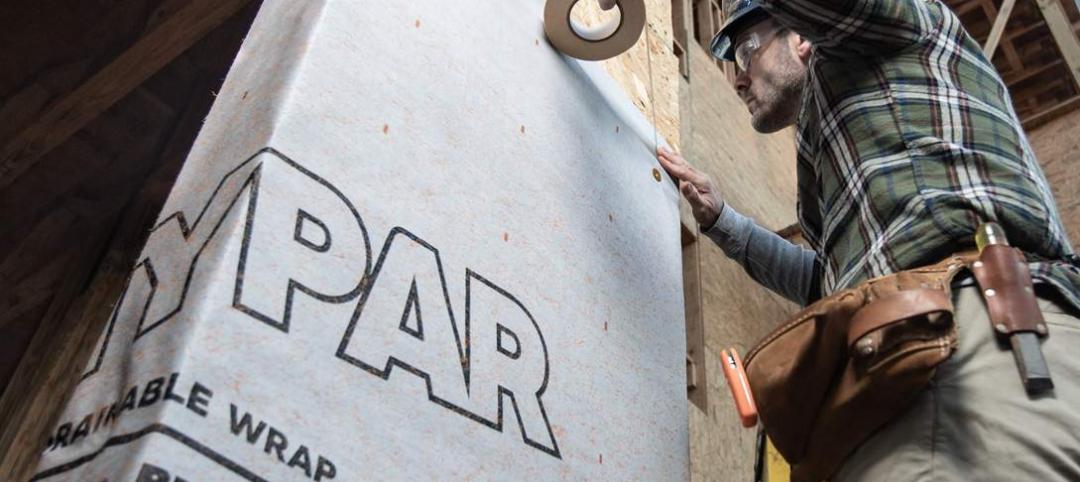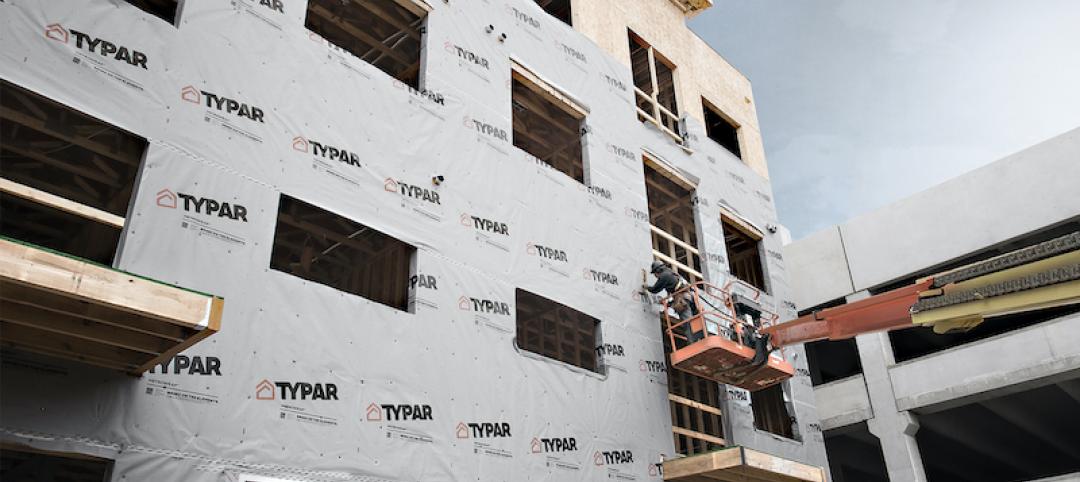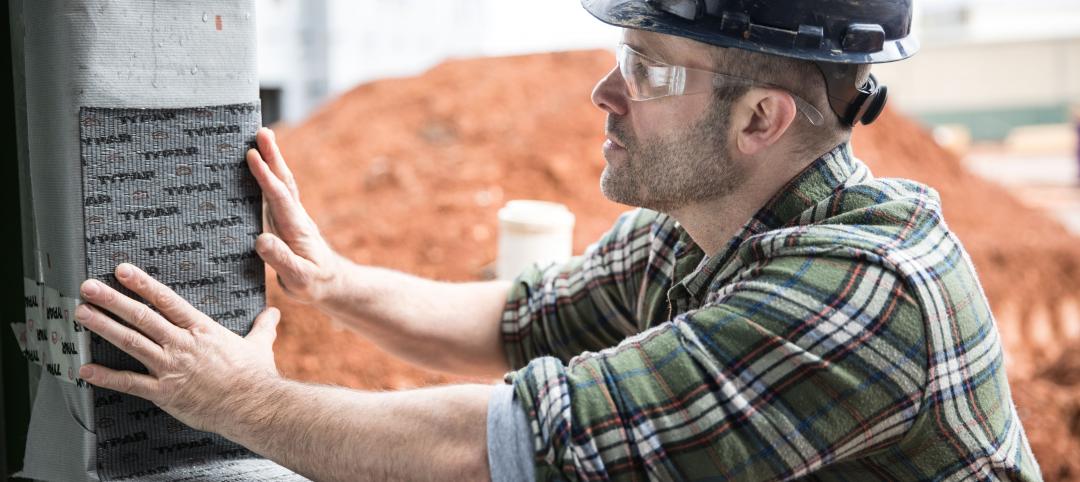With a vast number of house wrap options on the market, how do you know which product is best for your project? We’ll cover several factors that builders and contractors should consider when selecting their weather resistant barrier.
A key consideration is the type of cladding being used. When installing vinyl siding—which has built-in drainage holes and fits loosely on the wall—an ordinary smooth-faced building wrap should provide adequate drainage. However, tightly fastened cladding, such as cedar siding or fiber cement board, might allow water trapped between the siding and a smooth building wrap to pool and could eventually make its way through the building wrap and into the framing. These are cases where a drainable wrap would provide significant benefit.
Reservoir claddings, such as brick, stucco, and stone, present another set of issues. Because these materials hold water, once they get wet, the stored water can migrate elsewhere and cause problems. In these applications, it is imperative to separate the cladding from the rest of the assembly with a capillary break, which can be an airspace or a material that sheds water or does not absorb or pass water.

Geography and climate are important, as well, specifically as it relates to annual rainfall. As a rule of thumb, the Building Enclosure Moisture Management Institute recommends that any area receiving more than 20 inches of annual rainfall should incorporate enhanced drainage techniques—especially if using an absorptive cladding material—while areas receiving 40 inches or more should utilize rainscreen design regardless of cladding material. In these areas, solutions like TYPAR® Drainable Wrap™ are ideal as this WRB has an integrated drainage plane created by a layer of specialized fibers that sheds excess water. The geographic orientation of the wall, amount of overhang, altitude, and even nearby trees can also have an impact on how much water intrusion can be expected and how likely it is to dry.
All of the above factors can play a role in the long-term integrity of your WRB and subsequently your wall system, therefore it’s critical that construction teams keep them top-of-mind during both the design and construction phase.
More from Author
Bijan Mansouri, TYPAR | Aug 13, 2020
Auditing airtightness: The 101 on blower door tests
A blower door test, also known as an infiltrometer, uses a high-powered fan and a special machine to measure the airtightness of a building and identify potential leaks in the air barrier.
Bijan Mansouri, TYPAR | Jul 30, 2020
How to Pick the Right Flashing and Tape for the Job
When it comes to eliminating vulnerabilities in the building envelope, quality flashings and construction tapes are an affordable, durable and simple addition to your air barrier arsenal

